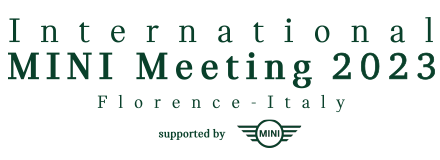Entering Italy
All foreigners intending to enter Italy must provide the documentation required to justify the reasons and duration of their stay as well as (in some prescribed cases) the availability of adequate economic means and lodging. In some cases you will need a visa, application for which can be made at the Italian Diplomatic and Consular Representations in your country of residence.




